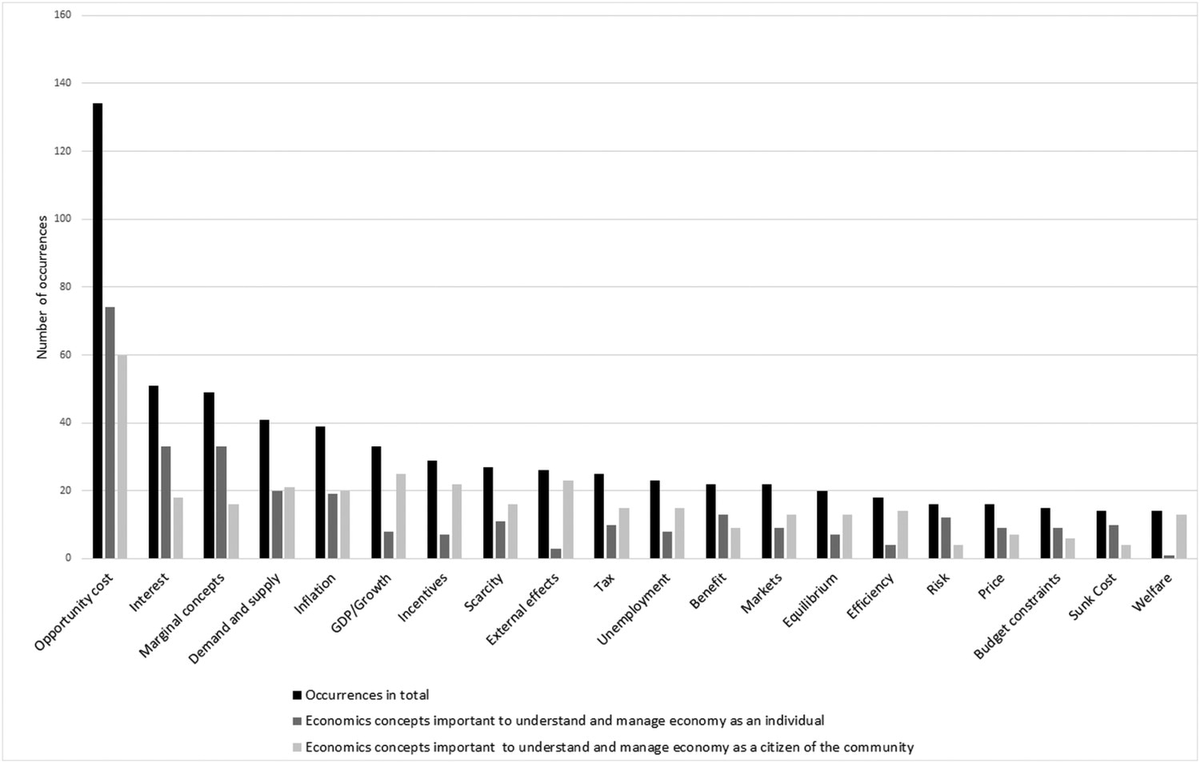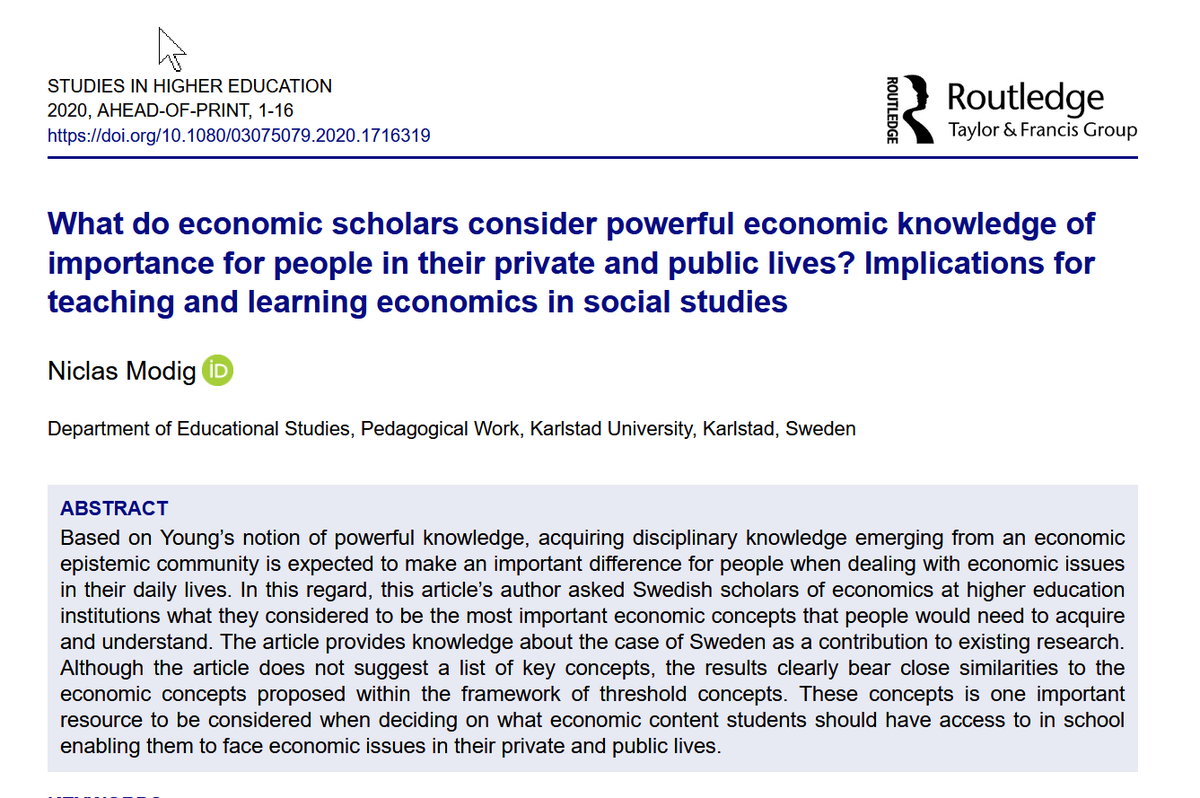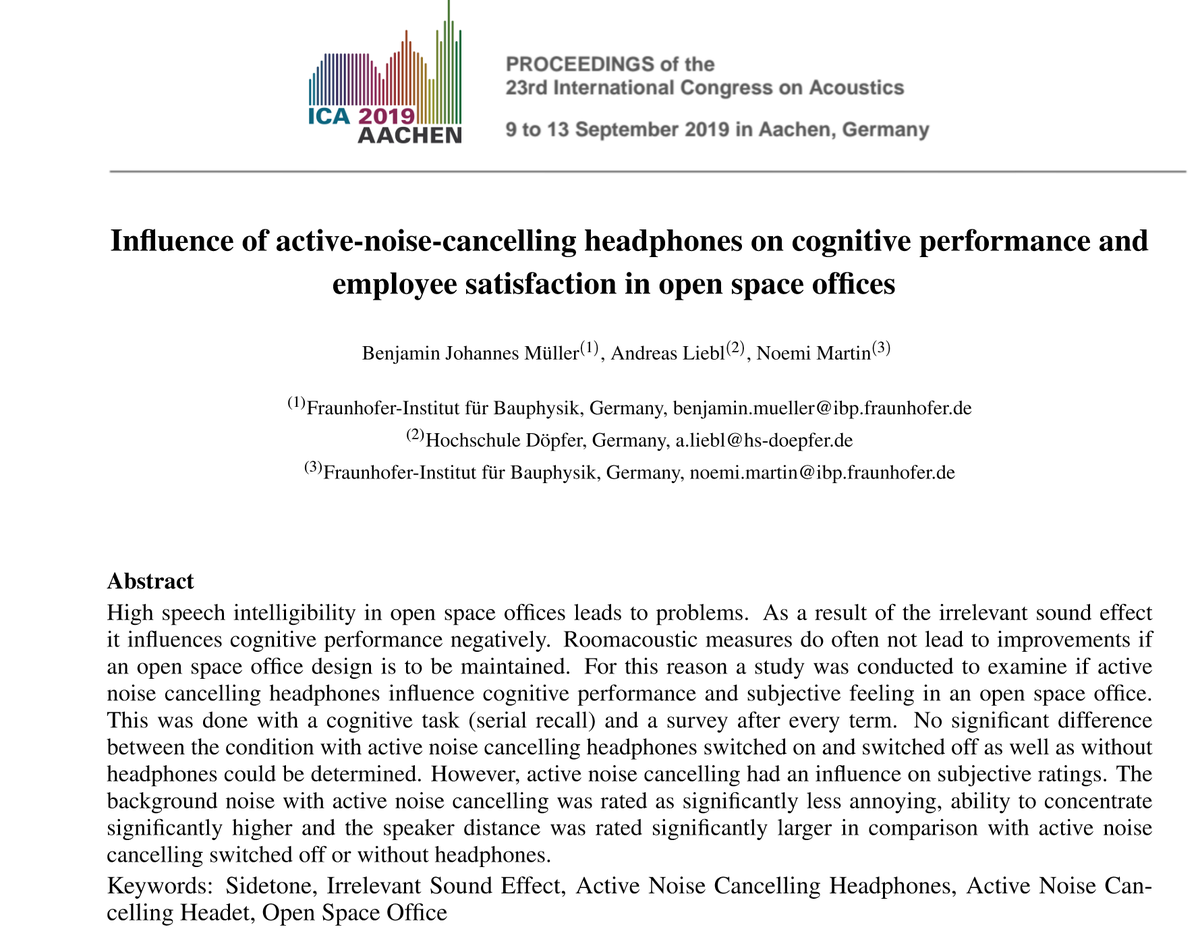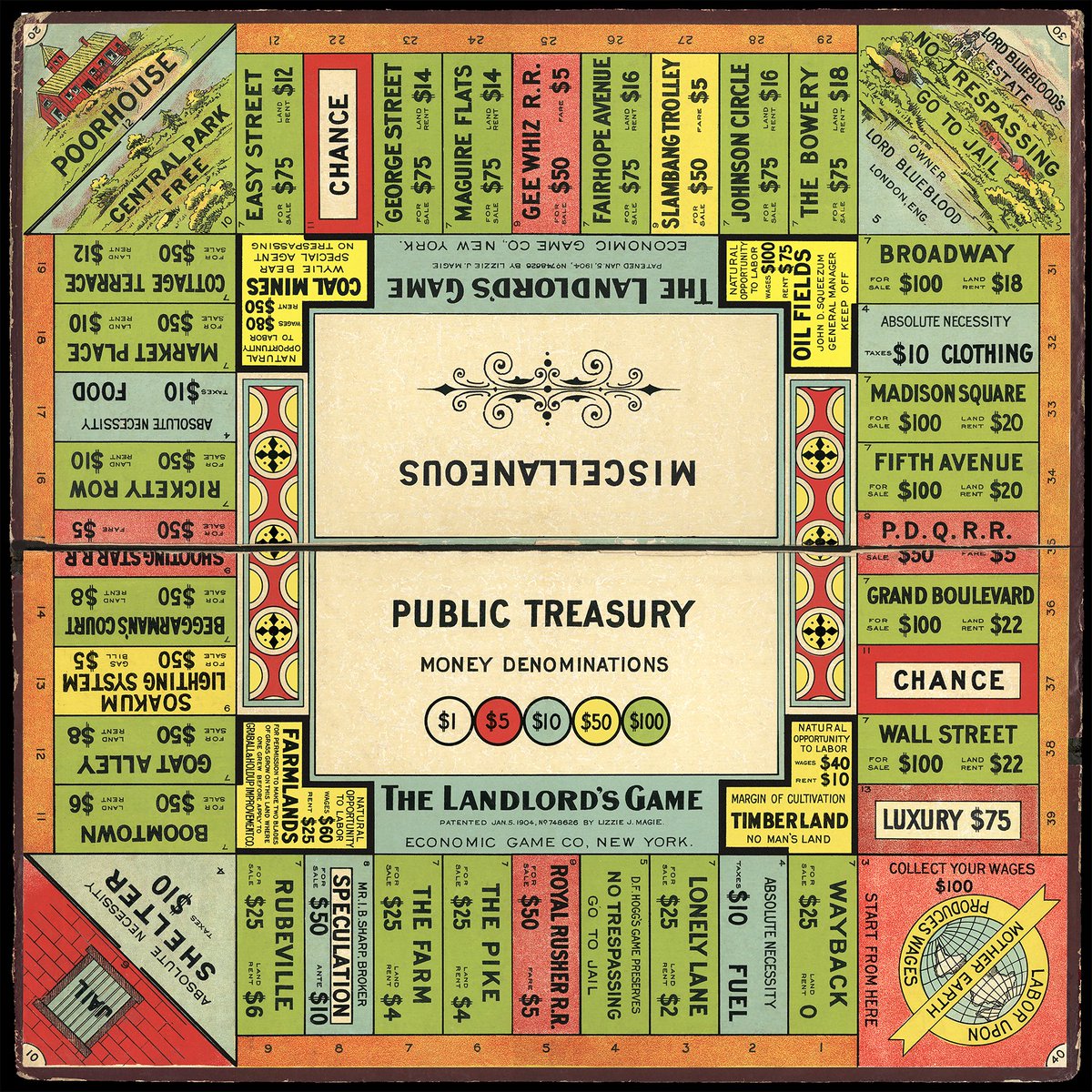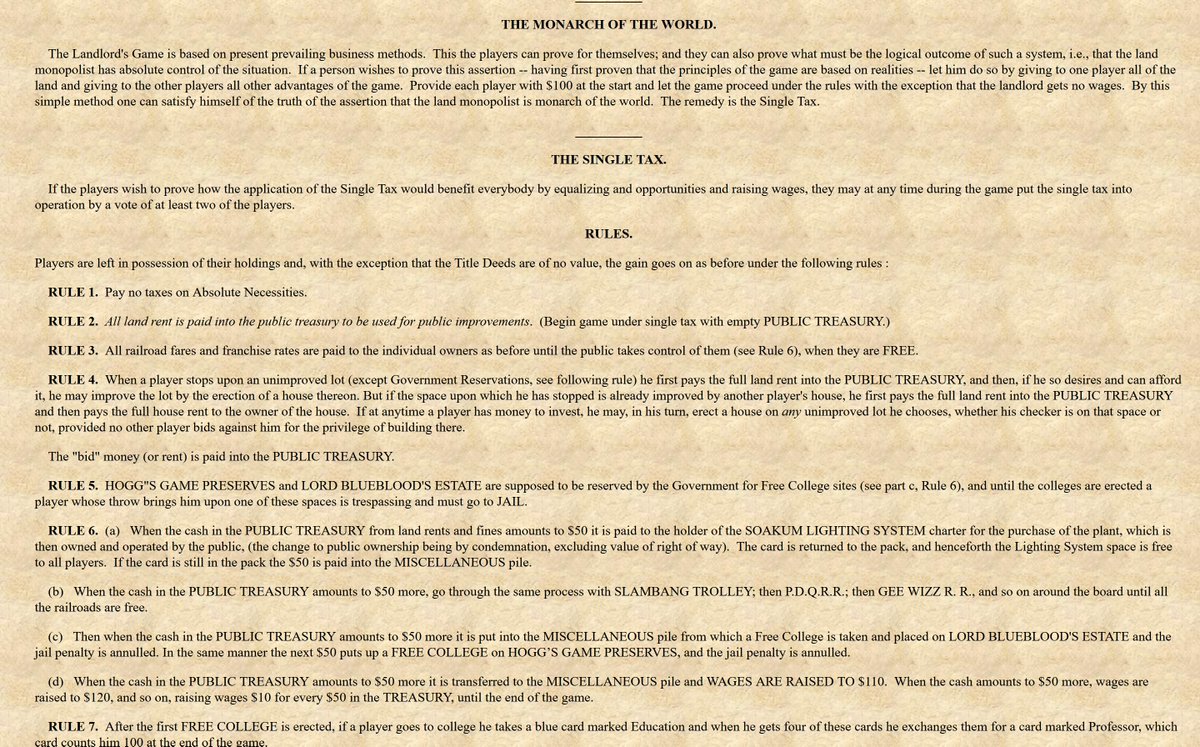
I think many lean startup founders do far too many customer interviews- 100 or more in many cases! Diminishing returns kick in pretty fast & there are other startup experiments, too. So how do you know how many to do? Look for “theme saturation” when <5% of information is new 1/2 

Ways of calculating this are in the article, but there is evidence that 92% of key themes are identified within 12 interviews. Even cross-cultural studies often require only 20-40 interviews. Interviews can help but you need to progress to other tests! 2/2 journals.plos.org/plosone/articl…
In general, founders should separate the vital parts of the lean startup method (experiments & hypotheses!) from the dogmatic parts (too many interviews, business model canvas). That doesn’t mean the dogmatic parts can’t be useful, but they are limiting. hbr.org/2019/10/what-t…
Another option for deep understanding is fewer, longer interviews. This paper offers a really good guide to conducting long “show and tell” interviews, where people demonstrate their needs and solutions, rather than just describing them. researchgate.net/profile/Brett-… 

• • •
Missing some Tweet in this thread? You can try to
force a refresh



